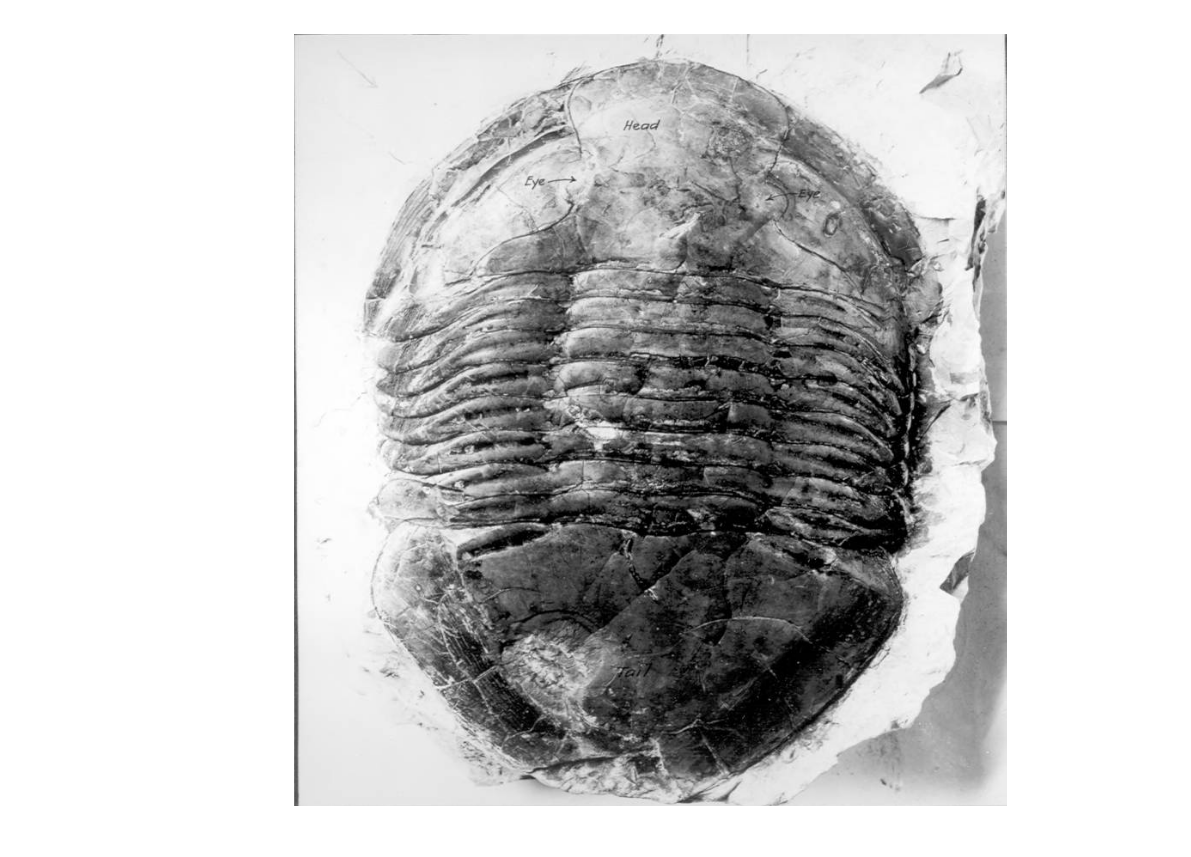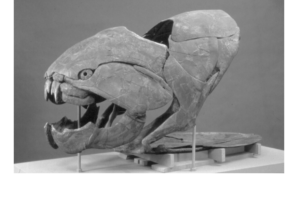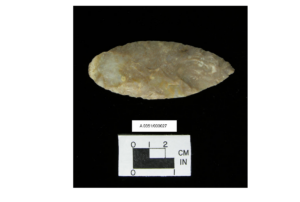Rock Out!: Fossil-Hunting in Ohio

When my daughter was young, she and I would grab a plastic bag and head to the creek behind our house, where she would always — and I do mean always — find interesting rocks and fossils. She seemed to have an eye for fossils, as a matter of fact; on her 4th-grade trip to the Ohio History Center and Ohio Village, she found a fossil in one of the gravel paths, where thousands of people had walked before her. Like I said, she always found interesting things!
As it turns out, while my daughter does, indeed, have a great eye, Ohio is an excellent place for fossil-hunting. The Ohio Geological Survey (OGS), a division of the Ohio Department of Natural Resources, tells us that “all of the state’s bedrock (consolidated rock underlying soil and tell) exposed at the Earth’s surface is sedimentary rock, and most of it contains fossils.” Fossils are pretty much everywhere, in other words, and summer is a perfect time for your hunts. There’s sunshine, of course, and warm temperatures, but there is also the erosion that comes with a good summer storm, washing away surface soil and uncovering what was lying just beneath.

According to OGS, fossil-collecting, when done responsibly, “preserves fossils that would otherwise be destroyed by natural physical and chemical weathering of rocks.” “Responsible” collection includes, at a minimum, data-recording. At the very least, recording your name, the date, and the location at which you found the specimen will help professionals, should you find something remarkable…which is entirely possible, by the way. The Johnstown mastodon was uncovered by a farmer, and the one found in 2001 in Columbiana County was unearthed by a commercial excavator while he was digging a pond. There is also a great story about the Williams mastodon, excavated in the 1950s in Columbus, here. You may not find the fossilized remains of an extinct animal, of course, but every fossil is exciting and every discovery can spark a lifetime love of natural history.
If long rambles aren’t your thing, however, you’re not out of the fossil game. Ohio Memory has several images of fossils from the Ohio History Center collection available for your

viewing, and learning, pleasure. You can find fossilized bones and coral; an Adena blade with fossil inclusions; and several trilobite fossils, including fossilized trilobite tracks. You can also
learn about the Pleistocene Epoch, also known as the Ice Age, and the animals — mammoths, mastodons, short-faced bears, ground sloths, and so on — that lived in Ohio during the period, here. (Note: to launch the document viewer, click on the double arrow in the blue box at the top right-hand corner of the document image). Another great source for learning about Ohio’s fossils and geology is this guide; it was created for the Ohio State Fair by the OGS but contains images and information useful to any budding paleontologist (like the Ice Age document linked above, it can be viewed in its entirety with a click of the blue button).
Finally, spend some time on the OGS website, linked above and here, and their pages on Ohio’s fossils. The OGS has worked hard to provide information that is both educational and accessible. And, if you find any cool fossils while out exploring, be sure to tell the OGS. Who knows…maybe you’ll have one named after you one day!
Thank you to Shannon Kupfer-Trausch, Digital Initiatives Librarian at the State Library of Ohio, for this week’s post!



Leave a Reply
You must be logged in to post a comment.